On January 13, Texas Children’s successfully performed its fourth conjoined twins separation, giving identical twin girls Anna Grace and Hope Elizabeth Richards a chance at a normal life.
The 7-hour procedure was performed by a multidisciplinary team of nearly 75 surgeons, anesthesiologists, cardiologists and nurses from eight specialties. Click here to see a list of surgeons, clinicians and nurses in the operating room during the milestone procedure, and here to view a photo gallery documenting the twins’ journey the day of their separation.
“The success of this incredibly complex surgery was the result of our dedicated team members’ hard work throughout the last year,” said Surgeon-in-Chief and Chief of Plastic Surgery Dr. Larry Hollier. “Through simulations and countless planning meetings, we were able to prepare for situations that could arise during the separation. We are thrilled with the outcome and look forward to continuing to care for Anna and Hope as they recover.”
The girls were born on December 29, 2016, at Texas Children’s Pavilion for Women to their parents Jill and Michael, and two older brothers Collin and Seth. Weighing a combined 9 lbs. 12 oz. and delivered via Caesarean-section at 35 weeks and five days gestation, Anna and Hope were conjoined at their chest and abdomen, through the length of their torso and shared the chest wall, pericardial sac (the lining of the heart), diaphragm and liver. In addition, they had a large blood vessel connecting their hearts.
The Richards family, from north Texas, learned Jill was carrying conjoined twins during a routine ultrasound. The family was then referred to Texas Children’s Fetal Center, where they underwent extensive prenatal imaging, multidisciplinary consultation and development of plans to achieve a safe delivery and postnatal care. They temporarily relocated to Houston in order to deliver at Texas Children’s and be close to the girls during their hospital stay. For the past year, Anna and Hope have been cared for by a team of specialists in the level IV and level II neonatal intensive care unit (NICU).
Planning and preparation
During much of that time, medical staff prepared for the separation, using extensive imaging with ultrasound, echocardiography, CAT scans, magnetic resonance (MRI) and even a virtual 3-D model of the girls’ anatomy. Closer to the surgery date, almost 50 medical personnel involved in the procedure participated in a lengthy simulation of the separation.
“These are the kind of procedures you plan for the worst and hope for the best,” said Pediatric Surgeon and Co-Director of Texas Children’s Fetal Center Dr. Oluyinka Olutoye. “We were blessed that this was the best case scenario. Everything went very well. The procedure was as well as we could have hoped.”
The Richards family is grateful to Texas Children’s for the care provided to their daughters since they found out they were expecting conjoined twins.
“We’ve thought about and prayed for this day for almost two years,” said the girls’ mom, Jill Richards. “It’s an indescribable feeling to look at our girls in two separate beds. We couldn’t be more thankful to the entire team at Texas Children’s for making this dream come true.”
Anna and Hope are recovering in the CVICU and expect to be released to a regular room soon. Both girls will face additional surgeries in the future to ensure their chest walls are stabilized. Otherwise, doctors expect them to lead normal lives.
“What we try to do here at Texas Children Hospital is essentially provide our patients with as normal of a life as we can,” said Pediatric Plastic Surgeon Dr. Edward Buchanan. “I think in this case with these two little girls we were able to achieve that.”
A history of success
The Richards separation is the fourth conjoined twins separation performed at Texas Children’s. The first pioneering procedure occurred February 16, 1965, when a team of surgeons separated 9-week-old conjoined twins Kimberly and Karen Webber. The Webber twins were connected at the liver and pericardium. The second separation happened on June 9, 1992, when Texas Children’s surgeons successfully separated Tiesha and Iesha Turner, who were 1 year old and shared a sternum, liver, entwined intestines and fused organs.
The third conjoined twins separation happened nearly three years ago on Feb. 17, 2015, when a team of more than 40 clinicians from seven specialties separated 10-month old Knatalye Hope and Adeline Faith Mata during a marathon 26-hour surgery. The twins were connected from the chest to the pelvis and shared a chest wall, pericardial sac, diaphragm, liver, intestinal tract, urinary system and reproductive organs. Today, Knatalye and Adeline are almost 4 years old and are doing very well, walking, talking, even learning how to ride a bike.
Since Texas Children’s opened its doors in 1954, multiple sets of conjoined twins have been referred to the hospital for consideration. However, in many of these cases, separation was not medically possible. Olutoye, who has participated in five conjoined twins’ separation surgeries, two at Texas Children’s Hospital and three at the Children’s Hospital of Philadelphia, said he and a team of experts from various specialties look at every case very closely and consider many factors before deciding how to move forward.
“Separating conjoined twins takes a tremendous commitment,” Olutoye said. “We all are privileged and honored to be part of each and every case, especially the ones where we can help.”


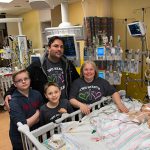
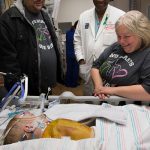
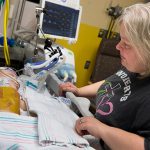
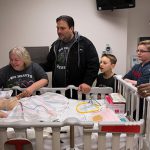
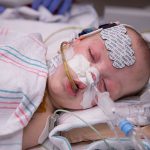
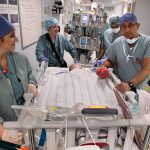

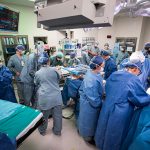
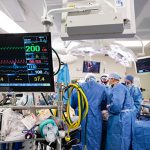
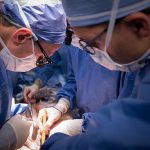
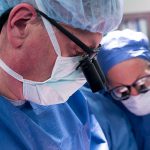
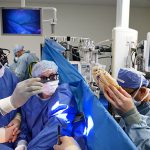
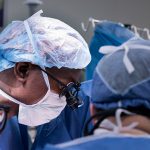
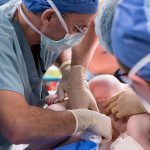
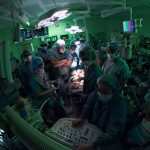
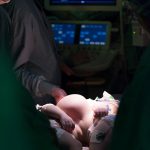
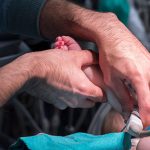
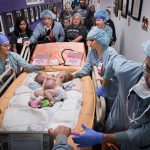
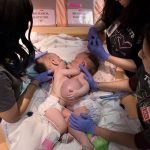
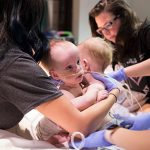

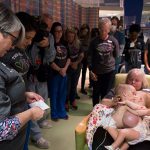
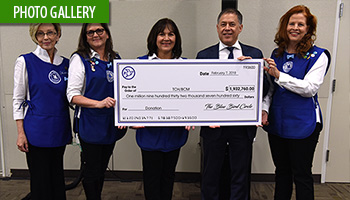 For nearly 17 years, Maryann Macey has volunteered with the Blue Bird Circle Clinic for Pediatric Neurology at Texas Children’s Hospital – an opportunity that she describes as very rewarding.
For nearly 17 years, Maryann Macey has volunteered with the Blue Bird Circle Clinic for Pediatric Neurology at Texas Children’s Hospital – an opportunity that she describes as very rewarding.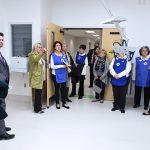
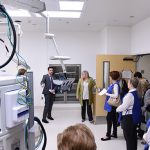
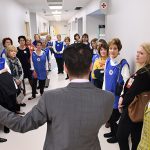
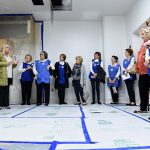
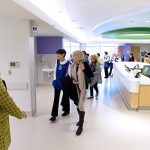
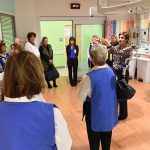
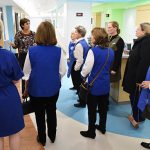


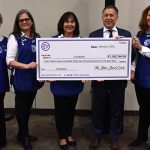
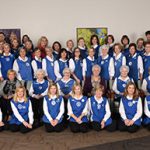
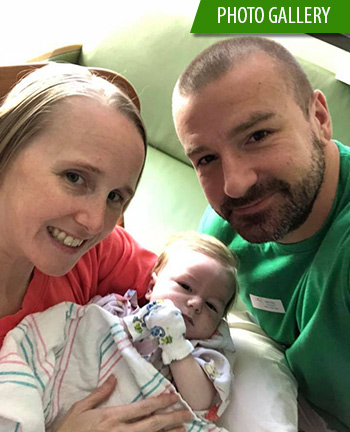 Transplant teams with Texas Children’s Hospital performed 112 solid organ transplants in 2017, the most in the history of Texas Children’s Transplant Services.
Transplant teams with Texas Children’s Hospital performed 112 solid organ transplants in 2017, the most in the history of Texas Children’s Transplant Services.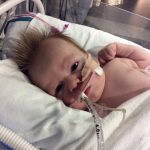
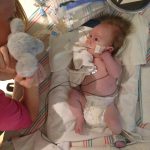
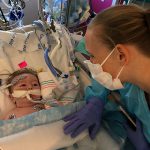
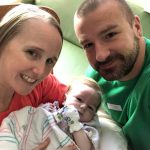
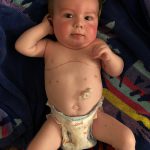

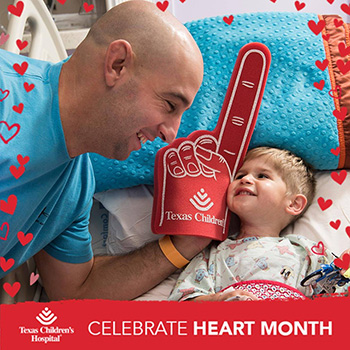 Just in time for Heart Awareness Month, Texas Children’s Hospital’s No. 1-ranked Heart Center by U.S. News & World Report launched its very own Facebook page!
Just in time for Heart Awareness Month, Texas Children’s Hospital’s No. 1-ranked Heart Center by U.S. News & World Report launched its very own Facebook page!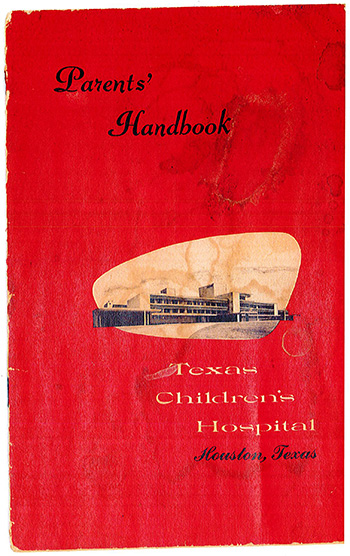 When a patient is admitted to Texas Children’s Hospital in the Texas Medical Center, we not only want them to receive the best possible medical care, but also feel comfortable and supported during their stay whether that means receiving help from one of our child life specialists, learning more about their health care team or simply finding out how to park and where to grab a bite to eat.
When a patient is admitted to Texas Children’s Hospital in the Texas Medical Center, we not only want them to receive the best possible medical care, but also feel comfortable and supported during their stay whether that means receiving help from one of our child life specialists, learning more about their health care team or simply finding out how to park and where to grab a bite to eat.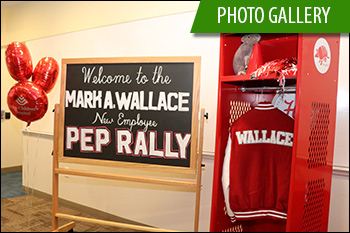
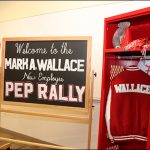
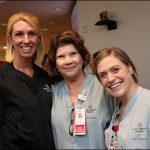
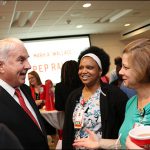
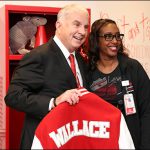
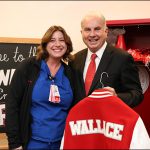

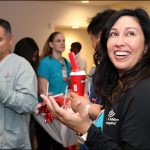
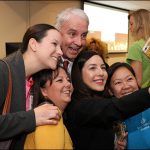
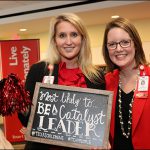
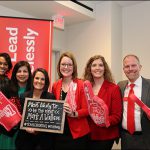
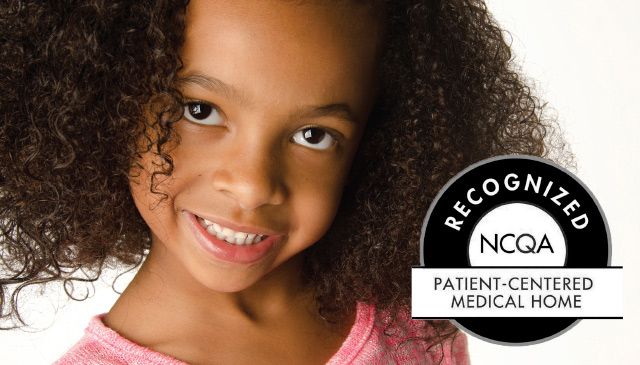 Texas Children’s Pediatrics acquired its first practice site in 1995. Two decades later, 50 more have been added and as of December 2017, all practices, hold the highest Patient Centered Medical Home (PCMH) recognition from the National Committee for Quality Assurance (NCQA).
Texas Children’s Pediatrics acquired its first practice site in 1995. Two decades later, 50 more have been added and as of December 2017, all practices, hold the highest Patient Centered Medical Home (PCMH) recognition from the National Committee for Quality Assurance (NCQA).